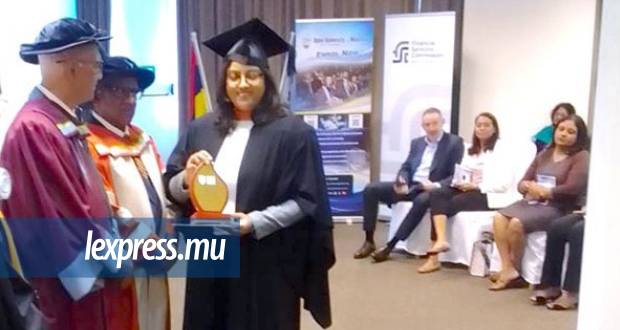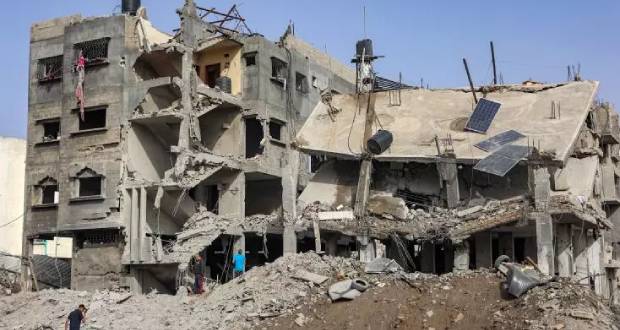Publicité
Aapravasi Ghat and Le Morne, a common significance
Par
Partager cet article
Aapravasi Ghat and Le Morne, a common significance

In July 2006, the inscription of the Aapravasi Ghat on the World Heritage List was a matter of national and international honour and prestige because finally Mauritius was placed on the international cultural heritage map. Now exactly two years later, Le Morne Brabant Mountain has been declared a World Heritage Site at the 32nd meeting of UNESCO?s World Heritage Committee in Quebec, Canada.
The Aapravasi Ghat and the Le Morne Brabant Mountain are important ?lieux de mémoire? for the Mauritian nation which now belong to all of humanity. Dr. Vijaya Teelock, the former Chairperson of the Aapravasi Ghat Trust Fund, once referred to these two sites as special places of ?shared history? as well as of ?shared memories? for all Mauritians.
After all, they exemplify in a tangible way different stages, namely slavery and indenture, in the evolution of our rich and common history. These two World Heritage Sites clearly show that the indentured labourers, the vagrants, the slaves and the maroons contributed a great deal in making this small tropical island in the South-West Indian Ocean a prosperous country. The Aapravasi Ghat and Le Morne also epitomise two of the most important movements of population or diasporas in the Indian Ocean, specifically from India and Africa to Mauritius.
● The Uniqueness of Mauritius
The inscriptions of Le Morne and Aapravasi Ghat are clear global recognitions of the unique and diverse history of Mauritius and its great contribution in the shaping of modern world history. Furthermore, it is evident that the international community has paid the highest tribute to the achievements and memories of the Mauritian indentured workers and the Mauritian slaves. Mauritius is the only as well as the first State Party of UNESCO to have an indenture site and a maroon site inscribed on the World Heritage List. In addition, in terms of Outstanding Universal Values, these two sites are unique in the world.
After all, today there are 878 World Heritage Sites in 145 countries or ?State Parties? of UNESCO. A ?State Party? of UNESCO is a country which has accepted to adhere to the World Heritage Convention and has to identify and nominate properties on its territory for potential inclusion on the World Heritage List. Overall, since 1972, 185 countries have ratified the World Heritage Convention and it was only in September 1995 that Mauritius ratified it.
● The Inscription Process
The long and arduous task of getting the Aapravasi Ghat and Le Morne Mountain to be placed on the World Heritage List began more than five years ago. In October 2002, during a visit to Paris, President Sir Anerood Jugnauth, the then Prime Minister, met Koichiro Matsuraah, the Secretary-General of UNESCO, and made a formal request to begin the inscription process of the Aapravasi Ghat.
Shortly after, the Secretary-General requested the World Heritage Centre of UNESCO, based in Paris, to send two experts to Mauritius. In March 2003, Mrs. Elizabeth Wangari, Head of the Africa Section of the World Heritage Centre, and Mr. Haldi Saliba, Consultant at the World Heritage Centre, arrived in Mauritius to help the Ministry of Arts and Culture and the National Heritage Fund to draft a tentative list of potential sites.
The Aapravasi Ghat and Le Morne Mountain were two of the priority sites which were on the tentative list. In 2005, the demand of the Government of Mauritius for the inscription of these two sites was renewed once again with UNESCO.
● The Mauritian Context
Today, the proclamation of these two historic sites as World Heritage Sites represent some of the most important events as well as accomplishments of our country since the attainment of our independence. At the same time, the Aapravasi Ghat and Le Morne can also contribute a lot in the process of nation building and form two of the pillars of our Mauritian cultural heritage.
These two unique sites provide ordinary Mauritians, Mauritian scholars and government authorities with a new impetus to explore the history and cultural heritage of their country. It also encourages them to do everything to preserve the sites, structures and lieux de memoire intimately linked with their country?s past.
At the same time, after all the euphoria, official speeches and congratulations, everything must be done by the relevant authorities to safeguard the protection of the Aapravasi Ghat and Le Morne and their buffer zones. This should also include the implementation of their management plans and honoring all commitments which were made with the UNESCO World Heritage Committee and implementing its recommendations. It is only through such a careful and well-organised approach that their World Heritage Site status will be protected for decades to come.
Satyendra PEERTHUM
Publicité
Les plus récents






